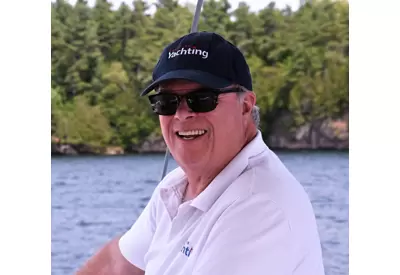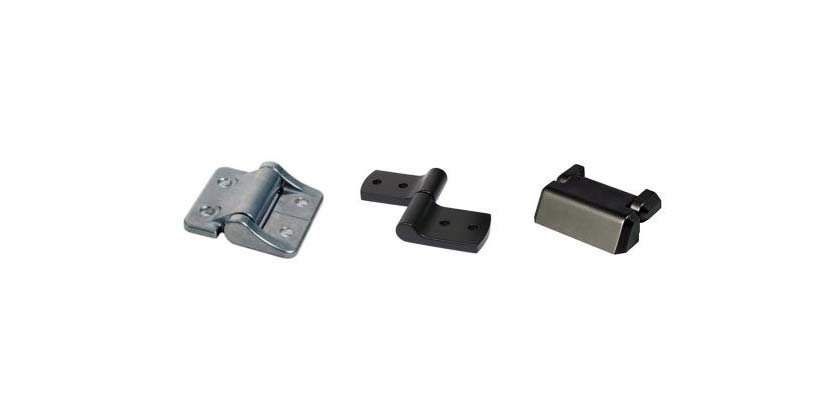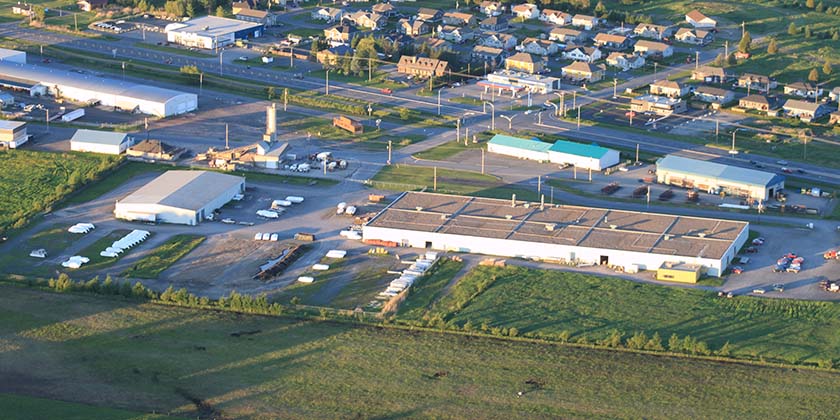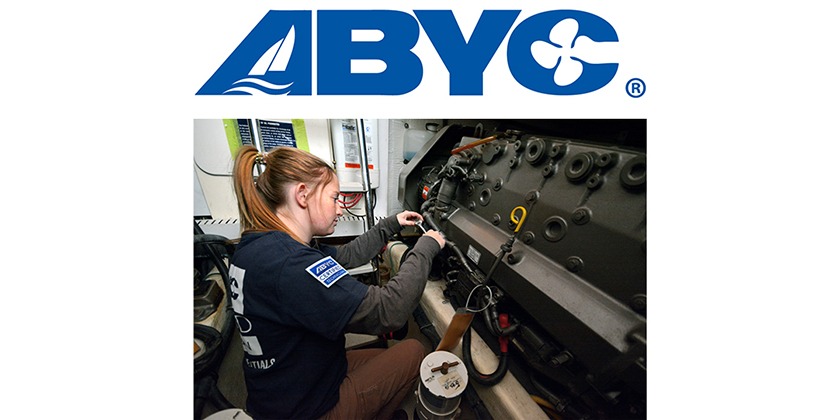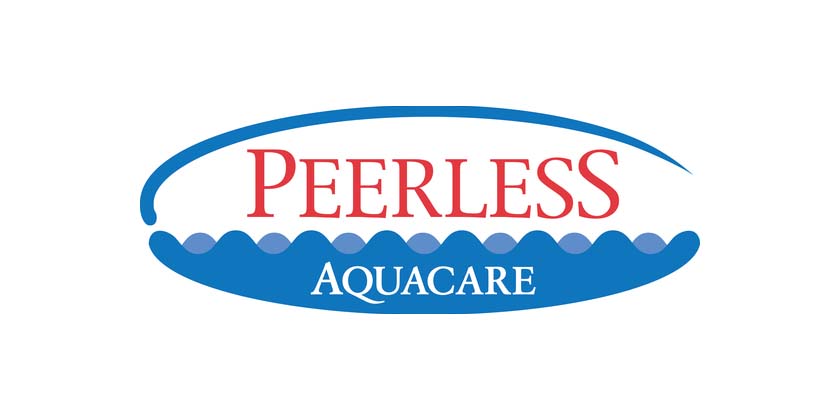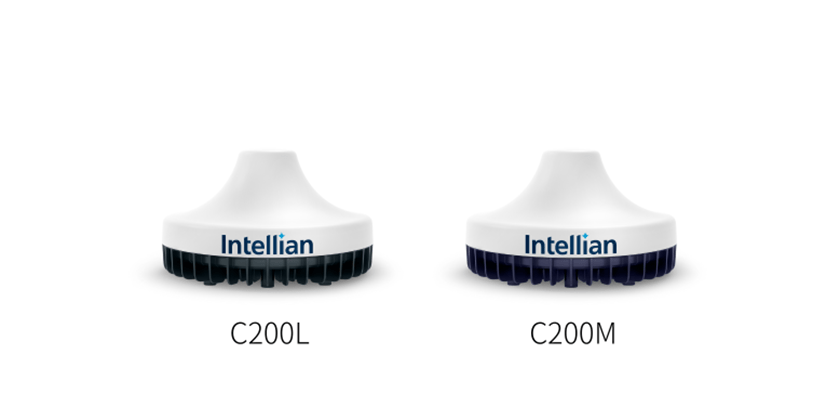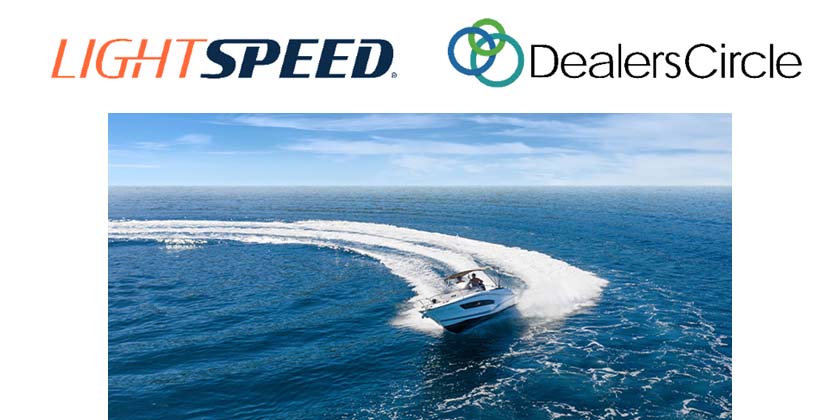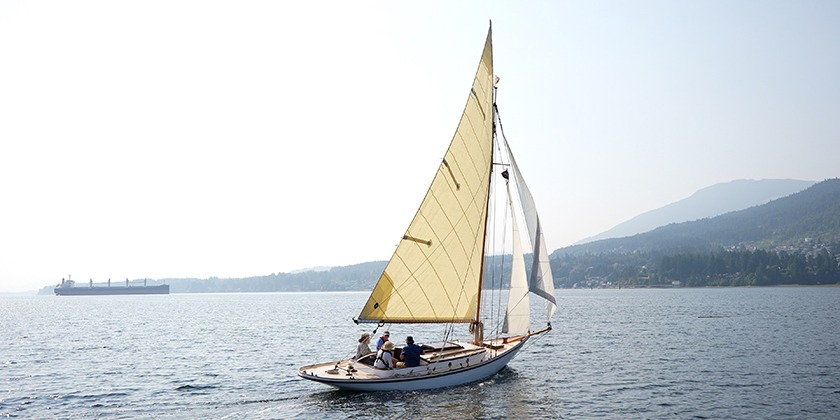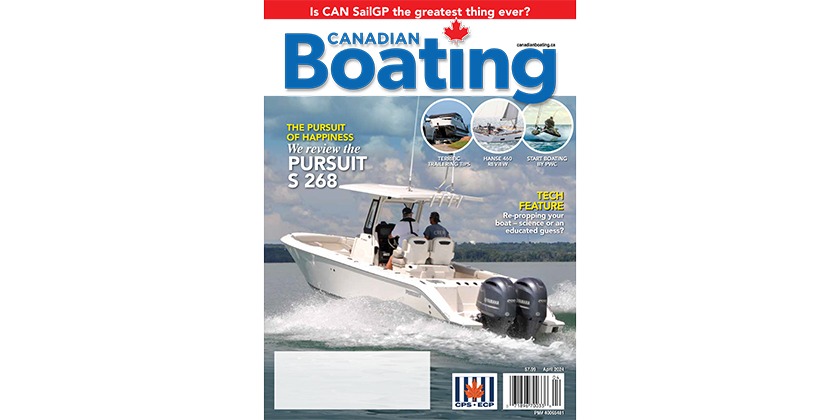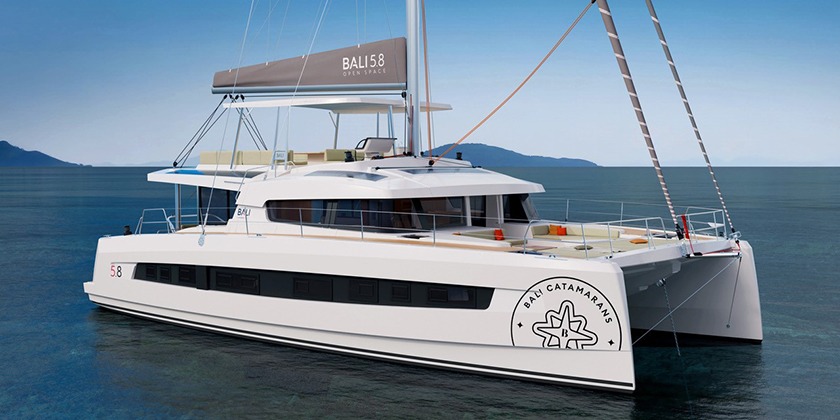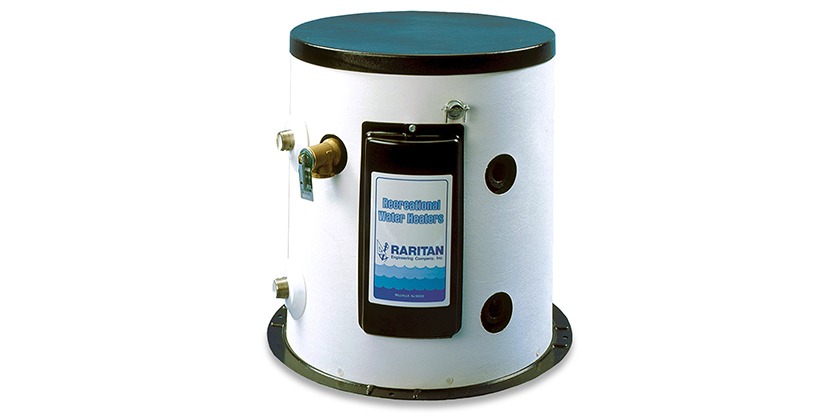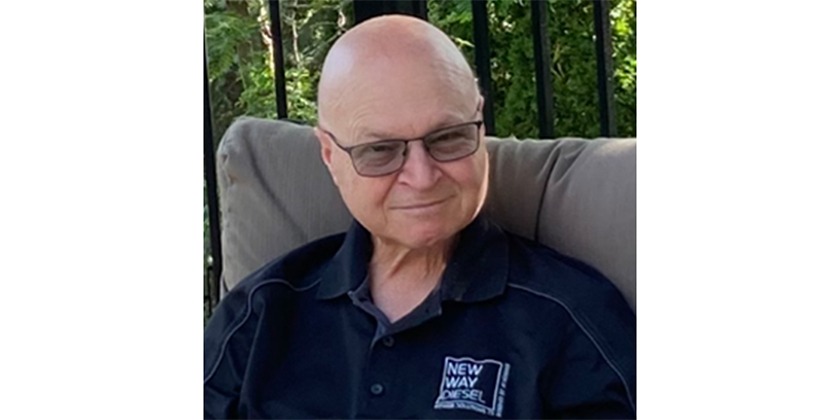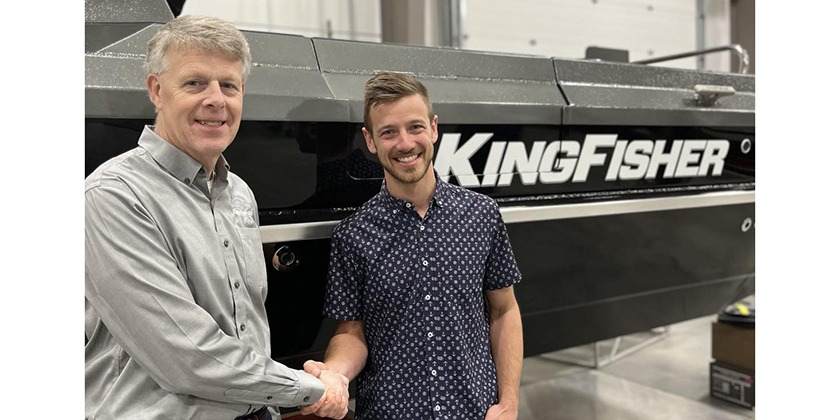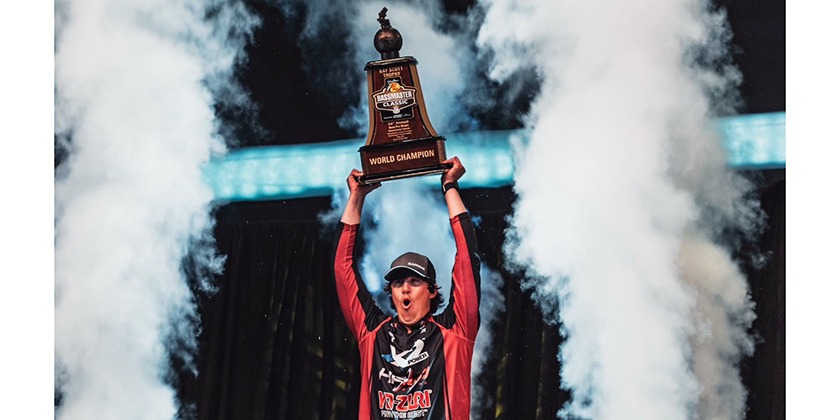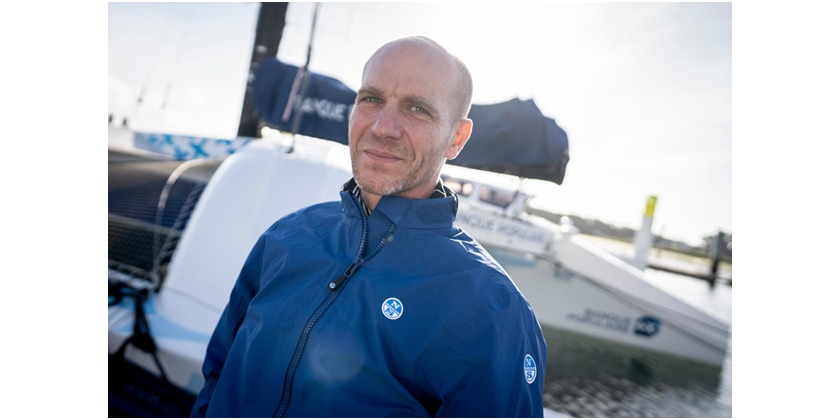EPA ANNOUNCES PROPOSED 2018 RVOs
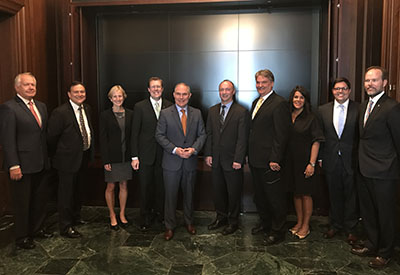
Aug 1, 2017
Shown left to right: Chuck Rowe, Indmar – Ben Speciale, Yamaha – Marcia Kull, Torqueedo – Jeff Wasil, Evinrude – Scott Pruitt, EPA Administrator – Chris Drees, Mercury Marine – John McKnight, NMMA – Nicole Vasilaros, NMMA – Jonathon Miller, Volvo Penta
Only a few weeks ago, Chuck Rowe, the President of Indmar Marine Engines, along with marine engine executives from Yamaha, Mercury Marine, Torqeedo, Evinrude and Volvo Penta met with Speaker Paul Ryan, EPA Administrator Scott Pruitt and his senior staff and Chairman John Shimkus. The discussion on Capitol Hill focused on reforming the Renewable Fuel Standard, promoting E15 education for consumers and offering Biobutanol as an alternative fuel.
Despite these meetings with marine engine executives in Washington with top leaders of the House of Representatives and Trump Administration, the Environmental Protection Agency (EPA) just announced its proposed 2018 Renewable Volume Obligations (RVO), the set amount of corn based ethanol in the fuel supply as part of the Renewable Fuel Standard (RFS) program. The 2018 program mirrors record high levels mandated in 2017 – allowing the volume of conventional biofuels (i.e. ethanol; E15) to stay at 15 billion gallons – the maximum allowed under the law – which will continue to put boaters at significant risk for misfueling marine engines. The announcement is ultimately disconcerting for more than 88 million boaters and 35,000 businesses that make up the recreational boating industry.
The National Marine Manufacturers Association (NMMA) Federal and Legal Affairs Vice President Nicole Vasilaros reacted to the news with the following statement: “We’re disappointed in the EPA’s 2018 RVO proposal, as the levels included are too high and continue to promote E15 – proven to cause significant damage to marine engines – in the fuel supply. The proposal in its current form would deny the boating public choice at the pump, while subjecting the industry to an increasing supply of a dangerous, prohibited fuel blend for their products. The expansion of E15, threatens access to safe fuels like E10 and without robust public education efforts, puts consumers at further risk of misfueling. Higher RVOs also diminish the availability of E0, which many boaters demand. The Renewable Fuel Standard (RFS) is a broken law, that doesn’t reflect the market and consumer realities of today, making it more important than ever for Congress to fix the mandate.”
While conventional biofuel levels remain the same from last year, the EPA used its waiver authority to reduce cellulosic mandated levels. This reduces the opportunity for advanced biofuels to come to market, while keeping corn-based ethanol as the main biofuel option. The NMMA supports ethanol fuel blends up to 10 percent and alternative fuel options, such as Biobutanol in consumer pumps.
For the last 7 years, engineers from Indmar have taken the lead along with Evinrude, Mercury Marine, Volvo Penta, the NMMA, the American Boat and Yacht Council and the U.S. Department of Energy’s Argonne National Laboratory to test Biobutanol. Together we have logged thousands of hours on the water testing Biobutanol and have found that Biobutanol gasoline meets renewable fuel mandates and clean air standards. It contains a higher percentage (16%) of renewable fuels than traditional E10 gasoline without sacrificing engine performance or reliability.
Biobutanol is chemically different from ethanol and does not have ethanol’s negative characteristics when blended with fuel. Bu16 fuel does not absorb water like E10; the phase separation common in E10 fuel does not occur in Bu16. Isobutanol is not a corrosive agent (ethanol is highly corrosive) and will not damage fuel system parts. These characteristics, combined with a significantly higher energy content, make Bu16 ideal for marine engines.
Why hold ethanol levels steady and reduce the opportunity for advancement of other biofuels that are proven and ready to come to the market today? The NMMA plans to engage in the public comment period to raise industry concerns, ahead of the November 30 deadline for finalizing the 2018 RVOs. They will also carry forward efforts on Capitol Hill to push for a more comprehensive RFS reform that produces a more realistic and workable rule for all stakeholders.

